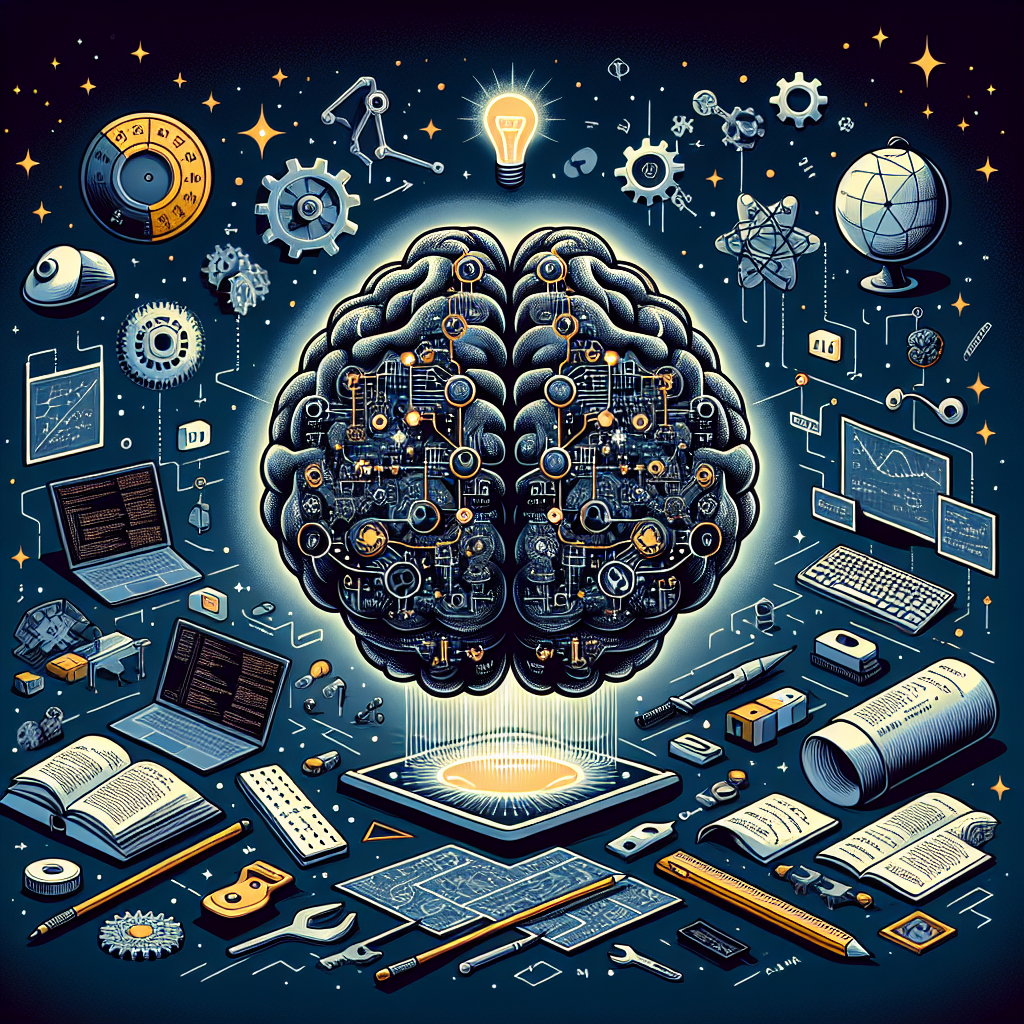Deep learning has revolutionized the field of artificial intelligence by enabling machines to learn from data and make decisions without human intervention. PyTorch, a popular open-source deep learning framework, has emerged as a powerful tool for developing and deploying deep learning models. In this comprehensive guide, we will explore the key tools and techniques for mastering deep learning with PyTorch.
Introduction to PyTorch
PyTorch is a deep learning framework developed by Facebook’s AI Research lab that provides a flexible and dynamic approach to building and training neural networks. It is widely used in both research and industry for applications such as computer vision, natural language processing, and reinforcement learning. PyTorch’s dynamic computational graph allows for efficient model development and experimentation, making it a popular choice among deep learning practitioners.
Key Tools for Mastering Deep Learning with PyTorch
1. Tensors
Tensors are the fundamental building blocks of PyTorch and represent multidimensional arrays used for storing and manipulating data. Tensors are similar to NumPy arrays but with additional features optimized for deep learning tasks. PyTorch provides a variety of tensor operations for performing mathematical computations and transformations on tensors.
2. Neural Networks
PyTorch provides a powerful neural network module that allows users to define and train deep learning models easily. The nn module includes predefined layers, activation functions, loss functions, and optimizers that can be used to build complex neural networks. Users can customize and extend these modules to create custom deep learning architectures for specific tasks.
3. DataLoader
The DataLoader module in PyTorch is used for efficiently loading and preprocessing data for training deep learning models. It allows users to create datasets and dataloaders that enable batch processing and parallelism during model training. DataLoader simplifies the process of data loading and augmentation, making it easier to work with large datasets.
4. Training Loop
The training loop is the core component of deep learning model development, where the model is trained on a dataset using an optimization algorithm such as stochastic gradient descent. PyTorch provides utilities for defining and executing the training loop, including automatic differentiation with the autograd module, which calculates gradients for model parameters.
Conclusion
In conclusion, mastering deep learning with PyTorch requires an understanding of key tools and techniques such as tensors, neural networks, DataLoader, and the training loop. By leveraging these tools effectively, deep learning practitioners can develop and deploy state-of-the-art models for a wide range of applications. PyTorch’s flexibility and ease of use make it an ideal framework for exploring and experimenting with deep learning concepts.
FAQs
1. Can I use PyTorch for natural language processing tasks?
Yes, PyTorch is well-suited for natural language processing tasks due to its dynamic computational graph and extensive library of neural network modules. Researchers and practitioners have developed numerous deep learning models for tasks such as sentiment analysis, machine translation, and text generation using PyTorch.
2. Is PyTorch suitable for beginners in deep learning?
While PyTorch offers a steep learning curve for beginners, its flexibility and powerful features make it a valuable tool for mastering deep learning concepts. Beginners may find tutorials, documentation, and online resources helpful for getting started with PyTorch and building their first deep learning models.
3. How can I optimize my PyTorch model for performance?
To optimize a PyTorch model for performance, users can leverage techniques such as model parallelism, data parallelism, and mixed precision training. Additionally, optimizing data loading and preprocessing using DataLoader and choosing appropriate neural network architectures can improve the efficiency and speed of deep learning models.
Quotes
“Deep learning is not just another tool in the machine learning toolbox – it’s a game changer.” – Andrew Ng
#Mastering #Deep #Learning #PyTorch #Tools #Comprehensive #Guide


